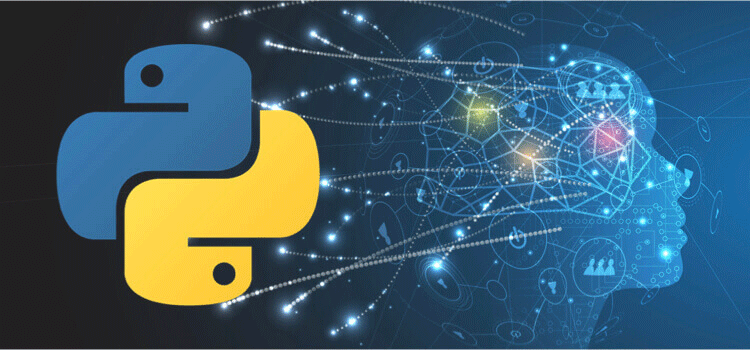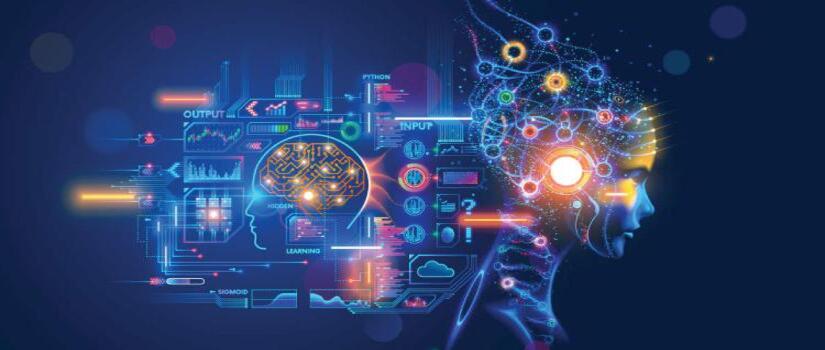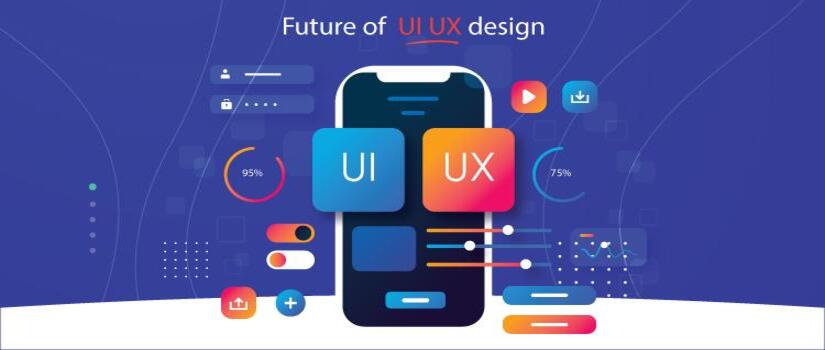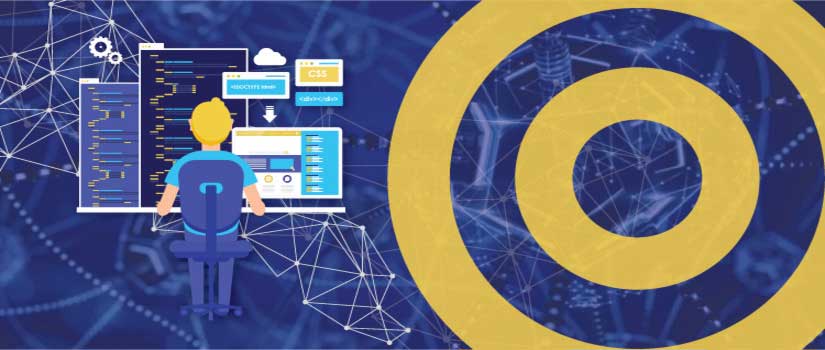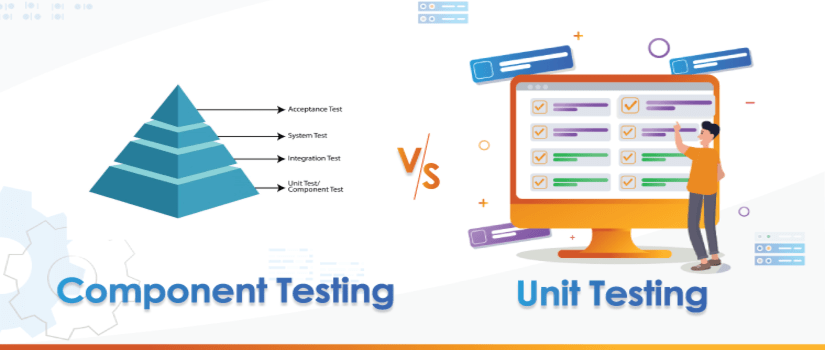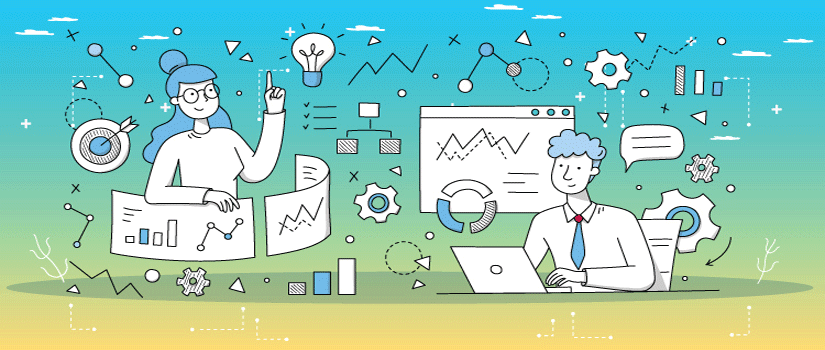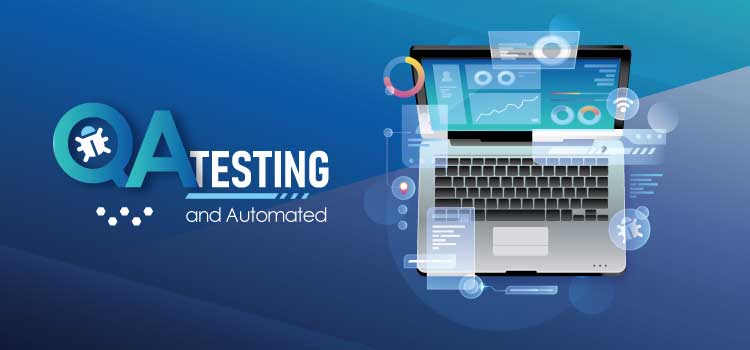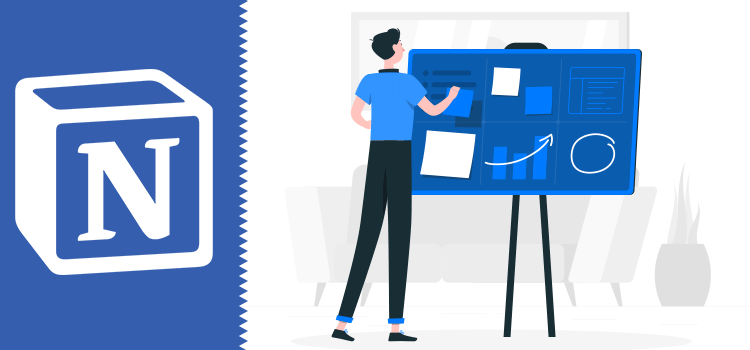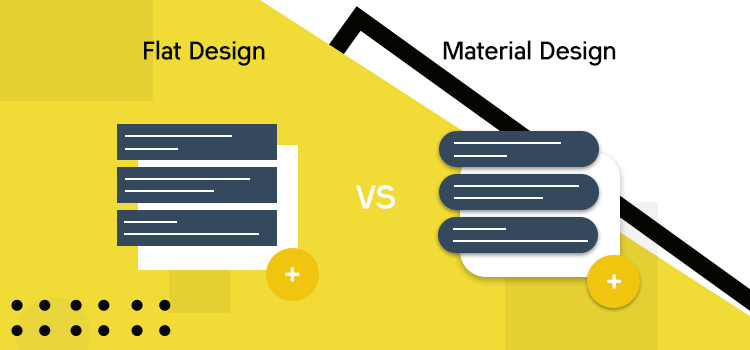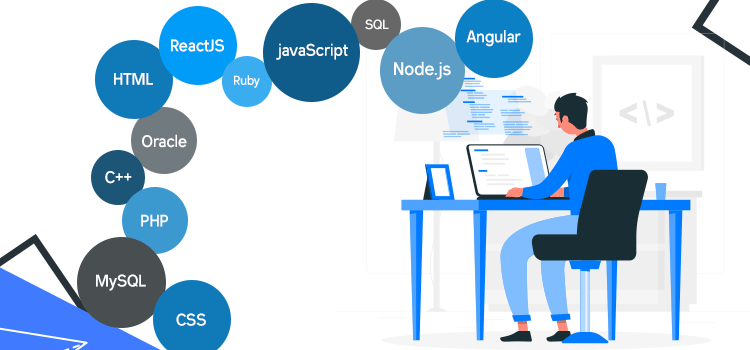Python is one of the programming languages that is most commonly used. Although standard Python isn't offering that much, its crazy number of open-source and third-party libraries retain its popularity among developers. You just name the domain and Python will offer the best packages and libraries to you. Data Science and Machine Learning are two of the most challenging technologies of this era and in these two areas, Python is doing more than an excellent job.
Besides Python, R is another programming language commonly used in Data Science projects. R is faster and includes more analytical and mathematical libraries; however, we covered only the top Python Data Science Libraries in this post, which you should learn if you want to master Data Sciences.
Introduction To Data Sciences
Data Science is a mixture of a variety of data aspects such as technology, development of algorithms, and data intervention to research, analyze, and find creative solutions to difficult issues. Basically, data science is all about analyzing data and finding new ways to drive business growth.
Using Data Science and other techniques, we derive insightful information from the data to solve complex problems in the real world and to construct predictive models. Data Science isn't a tool or technique; it's an ability you develop and cultivate by learning other resources and libraries on the market.
Why We Need Python For Data Science
Python is among the most common languages used for data science tasks by data scientists and software developers alike. It can be used to forecast performance, automate operations, streamline processes, and provide insights into business intelligence. Python's Popularity is gaining day by day.
Working with data in vanilla python is possible, but there are quite a few open-source libraries which make data tasks much, much easier for Python.
Certainly, you have heard of some of these, but is there any helpful library that you may miss? Here is a line-up of Python's most relevant libraries for data science projects, covering areas such as data processing, modeling, and visualization.
Python Libraries For Data Science
Data Mining
1. Scrapy
Scrapy is one of the most popular data science libraries in Python, helping to build crawling programs (spider bots) that can retrieve structured data from the web – such as URLs or contact information. It's a great tool for scraping data used in machine learning models like Python, for example.
Developers use that to collect API data. This full-fledged framework follows the principle of Don't Repeat Yourself when designing its interface. The tool, therefore, encourages users to write universal code that can be reused to create and scale broad crawlers.
2. BeautifulSoup
BeautifulSoup is yet another really popular web crawling and data scraping library. If you want to collect data on some website but not through a proper CSV or API, BeautifulSoup can help you scrap it and arrange it in the format that you need.
Data Processing and Modeling
3. NumPy
NumPy (Numerical Python) is the ideal method to perform simple and advanced array operations in scientific computing.
The library provides many useful features performing n-array and matrix operations in Python. It helps process arrays that store values of the same type of data and makes math operations on arrays (and their vectorization) easier to perform. Indeed, vectorizing mathematical operations on the type of NumPy array improves efficiency and speeds up the execution time.
4. SciPy
This valuable collection includes linear algebra, integration, optimization, and statistics modules. Its key functionality was based on NumPy, which allows the use of this library in its arrays. SciPy works fantastically with all sorts of computer programming projects (technology, math, and engineering). It provides powerful numerical routines in submodules, such as numerical optimization, convergence, and others. The detailed documentation makes it very easy to work with the library.
5. Pandas
Pandas is a library designed to help developers work intuitively with 'labeled' and 'relational' data. It is based on two main data structures: "Set" (one-dimensional, like the item list) and "Data Frames" (two-dimensional, like a multi-column table). Pandas allows to convert data structures to Data Frame objects, to manage missing data, to add /delete columns from Data Frame, to impute missing information, and to plot data using histogram or plot boxes. For data wrangling, manipulation, and visualization it is a must-have.
6. Keras
Keras is a great library for designing and modeling neural networks. It's very easy to use and offers a strong degree of extensibility for developers. The library takes advantage of other packages as its backends, (Theano or TensorFlow). In addition, Microsoft has brought in CNTK (Microsoft Cognitive Toolkit) to act as another backend. If you want to play quickly with compact systems, it's a great choice-the minimalist style approach really pays off.
7. SciKit-Learn
That is an industry-standard for Python-based data science projects. Scikits is a collection of packages generated for different functionalities in the SciPy Stack-for example, image processing. Scikit-learn uses the SciPy math operations to expose the most common machine learning algorithms to a succinct GUI.
It is used by data scientists for managing standard machine learning and data mining tasks such as clustering, regression, model selection, reduction in dimensionality, and classification. One more advantage? It comes with documentation of quality and delivers high performance.
8. PyTorch
PyTorch is a platform designed for data scientists who want to quickly carry out deep learning tasks. The device allows GPU-accelerated tensor computations. It is often used for other tasks, for example, to automatically construct complex computational graphs and measure gradients. PyTorch is based on Torch, an open-source deep-learning library with a wrapper in Lua, implemented in C.
9. TensorFlow
TensorFlow is a popular machine learning and deep learning Python framework developed at Google Brain. It's the best tool for tasks such as identifying objects, recognizing speech, and many others. It helps to work with artificial neural networks that need to handle multiple sets of data. There are numerous layer-helpers in the library (tflearn, tf-slim, skflow), which make it even more usable. With its latest updates, TensorFlow is continuously growing – including patches in possible security bugs, or changes in TensorFlow and GPU integration.
10. XGBoost
Using this library under the Gradient Boosting Architecture to implement machine learning algorithms. XGBoost is compact, versatile, and highly efficient. It offers parallel tree boosting that helps teams solve a lot of data science issues. Another benefit is that developers in large distributed environments such as Hadoop, SGE, and MPI can run the same code.
Data Visualization
11. Matplotlib
It is a basic library in data science that helps produce visualizations in data such as two-dimensional diagrams and graphs (histograms, scatterplots, graphs with non-Cartesian coordinates). Matplotlib is one of those plotting libraries that are particularly useful when it comes to data science projects it offers an object-oriented API to integrate plots into applications.
Thanks to this collection, Python can interact with scientific instruments such as MatLab or Mathematica. Developers will, therefore, write more code than normal when using this library to create advanced visualizations. Note that Matplotlib works seamlessly with the common plotting libraries.
12. Seaborn
Seaborn is based on Matplotlib and serves as a useful Python machine learning method for visualizing statistical models-heatmaps and other forms of visualizations that summarize data and represent the overall distributions. You will benefit from a wide variety of visualizations while using this library (including complex ones such as time series, joint plots, and violin diagrams).
13. Bokeh
This library is a great tool for building immersive and scalable visualizations using JavaScript widgets within browsers. Bokeh has full independence from Matplotlib. It focuses on interactivity and presents visualizations that modern browsers-similar to Data-Driven Documents (d3.js). It provides a collection of graphs, capabilities for interaction (like connecting plots or inserting JavaScript widgets), and styling.
14. Plotly
This web-based data visualization tool that provides many useful out-of-box graphics-you can find them on the website of Plot.ly. In digital Software applications, the library works very well. Its developers are busily expanding the library to include new graphics and functionality to support multiple connected views, animation, and integration with crosstalk’s.
15. Pydot
This library helps produce graphs that are both oriented and not oriented. It serves as Graphviz (written in Pure Python) GUI. With the aid of this library, you can easily display the structure of the graphs. When you develop algorithms based on neural networks and decision trees, that comes in handy.
Conclusion
This list is by no means comprehensive! The Python ecosystem provides many other resources that can be useful for the work of data science. Many of these techniques would be used by data scientists and software engineers involved in data science projects using Python as they are key to creating high-performance ML models in Python.
Soft Tech has a dedicated team of Data Analysts and Engineers to provide quality Data Science services. Please feel free to Contact Us.

